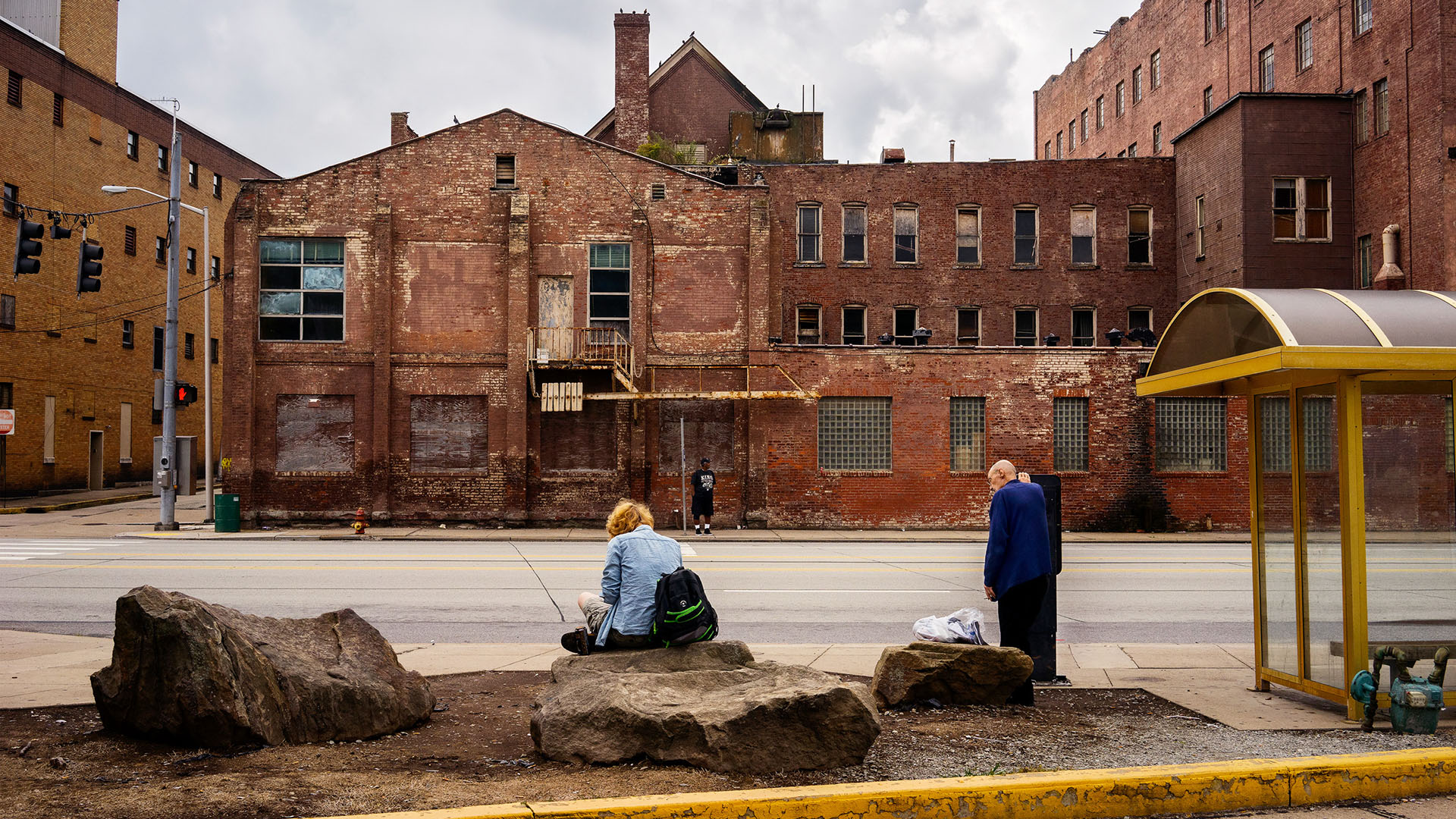Living in Pennsylvania and traveling through the cities and towns, long before photographer Niko J. Kallianiotis picked up a camera, helped him shape his perception of what America is, or isn’t. His project entitled America in a Trance is an observation of the fading American dream so typified in the northeastern Pennsylvania landscape but widespread across the United States.

You’re getting blind.
Don’t miss the best of visual arts. Subscribe for $9 per month or $108 $90 per year.
Already suscribed ?


